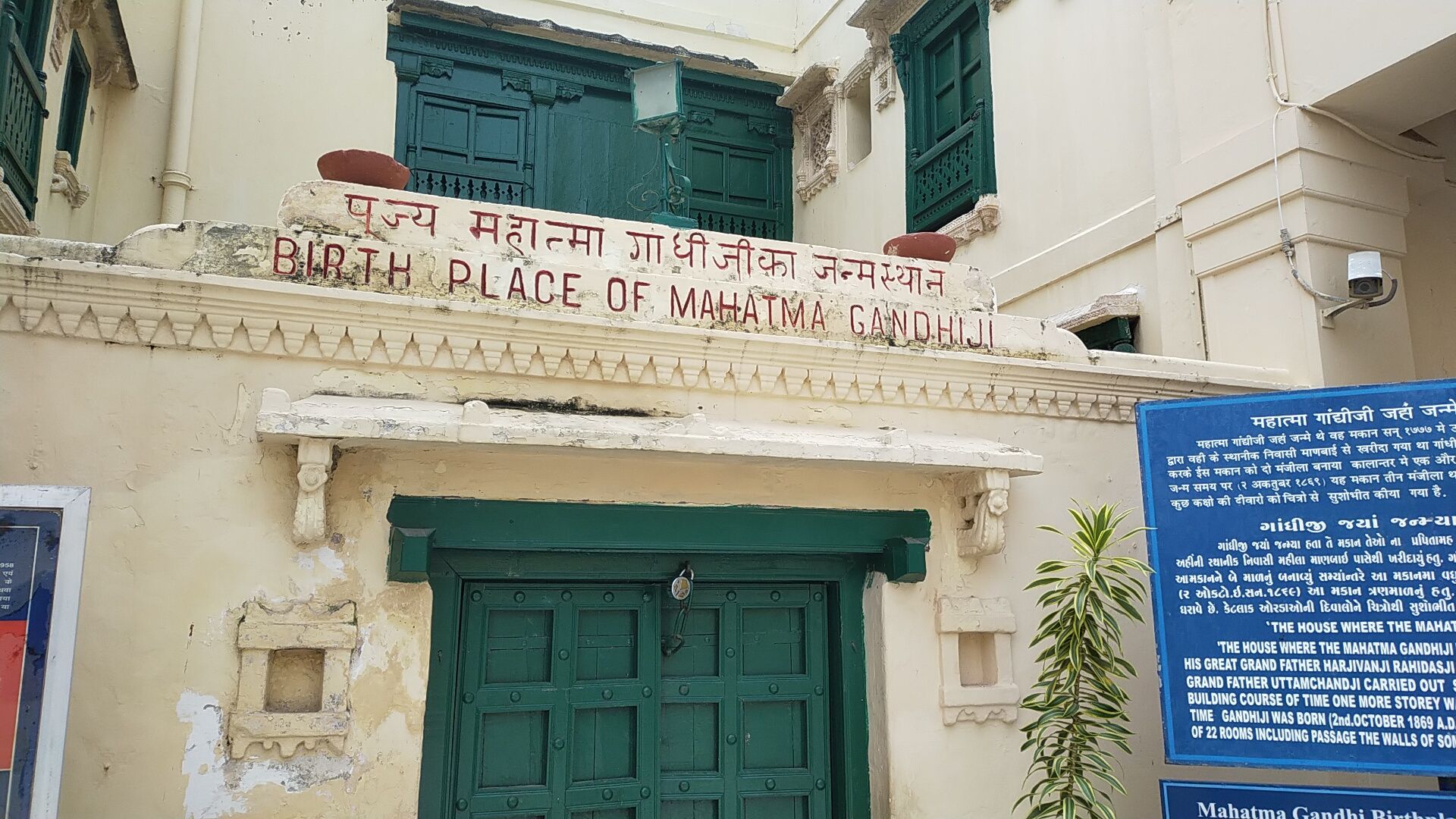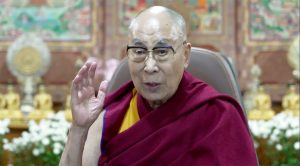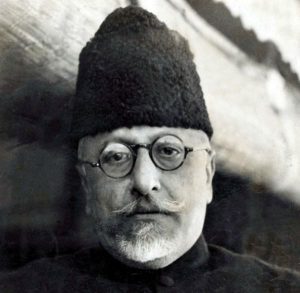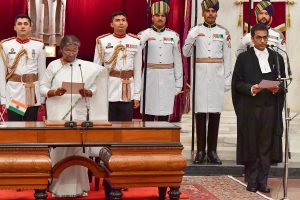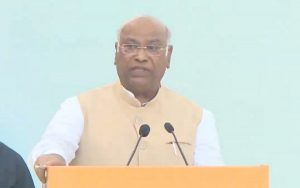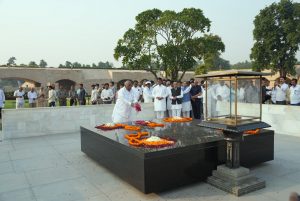One of the most influential leaders, who helped India in getting freedom from the British rule, Mahatma Gandhi is that figure who made a deep impact on the national and international level by his non-violence movement.
His ancestors were Gandhi (who sold groceries) by profession, but in the three generations preceding him, none had done Gandhi’s business and they were the dewan of the state since the monarchical period. Gandhi’s father Karamchand Gandhi was also the Dewan of Porbandar State, besides he was the Dewan of Rajkot and Wankaner. According to Vaishnava tradition, the Gandhi family was a strict vegetarian.
Also Read: Gandhiji would have participated in Shaheen Bagh anti-CAA protests, says Tushar Gandhi
Mohandas Karamchand Gandhi was born in Porbandar, Gujarat in a Hindu family and got married to Kasturba when he was only 13.
Gandhi’s birthplace is known by name of Kirti Mandir (temple). However, there are many interesting facts surrounding Kirti Mandir that most of the people are unaware about . On the 151st birth anniversary of Gandhi, let’s revisit the famous Kirti Temple and some of its lesser-known facts:
Gandhi’s birth souvenir: Kirti Mandir
Porbandar’s ancient Sudamapuri is famous for being the birthplace of Bapu. Gandhi’s birthplace, Porbandar’s Kirti Mandir, is a national memorial house. He was born on October 2, 1869.
People from India as well as other parts of the world come to the Kirti Mandir, the birthplace of the father of the nation, who teachings of truth and non-violence still holds relevance. The house was purchased by Gandhi’s great-grandfather Harjivan Das Gandhi in 1777.

Kirti Temple was converted into Gandhi Memorial Residential Museum after India’s independence from the British. Manbai Gangaji Mehta, a Brahmin lady from Porbandar had bought the house. Later, it was extended to three floors. The building has 22 rooms.
Seth Nanji Kalidas Mehta built the memorial
When Gandhi stayed in Panchgani in 1945, the Maharajas of Porbandar, Shri Natvarsinh, and Seth Nanji Kalidas Mehta met him and talked about building a memorial, later Gandhiji gave his permission for the construction.
Nanjibhai Seth bought the birthplace of Gandhi and it was built at a cost of Rs 5 lakh at that time. The construction and architecture of the temple were done under the supervision of the legendary Sri Purushottambhai Mistry.
The foundation stone ceremony of the temple was organised by Sri Darbar Saheb Gopaldas Desai. India’s first Home Minister Sardar Vallabhbhai Patel dedicated the Kirti Mandir to the nation on May 27, 1950.
Kirti Mandir also has old utensils along with memorable pictures of Gandhi
The memorial has a collection of family nomenclature of Mahatma Gandhi, maps of the Kirti temple and pictures of some the memorable occasions.

In a large hall near the Mahadevbhai Desai Library, there is also a permanent exhibition depicting Gandhi’s life. The Gandharva University runs every morning in the sub-branch of music school Balamandir. In almost every room there are portraits of Gandhi from different times. It has been declared a protected building by the Department of Archeology, Government of India.

A book museum full of literature
Women and children benefit greatly from the books of Kasturba Gandhi Library. There are about 20,000 books at the place. Throughout the year, various activities are organised at Kirti Mandir for the development of the personality of children, youth and women. The Kirti temple at Porbandar is an inspiration for all mankind.
Bapu’s Kirti Mandir is in people’s hearts: Vallabhbhai Patel
Mahatma Gandhi taught the entire human race the moral values of humanity. Sardar Vallabhbhai Patel had said that “Wherever Bapu was born, lived, where he did penance, his Kirti Mandir will be built everywhere, but Bapu’s Kirti Mandir is in every man’s heart, this Kirti Mandir will remain till when mankind will remain, as long as the Kirti temple remains immortal.”
“I don’t want to become God”: Gandhi
Gandhiji has once said, “I don’t want to be any god. So this memorial should not have incense, lamp, aarti, incense sticks.”
Only my thoughts should be propagated. Therefore, the symbols of 6 religions have been used in the construction of the Kirti Mandir. The dome and swastika markings are included as witnesses to Hinduism. The symbolic figure of the pagoda of Buddhism, the serpent of Jainism, the Atas-Agni symbol of Zoroastrianism, the huge construction of the place where Gandhiji’s paintings are, is similar to the construction of the Christian Church.
The construction of various nets over them is a replica of the Muslim religion. The charkha and plaque, emblem of nationality, are woven into the construction of the Kirti temple.

